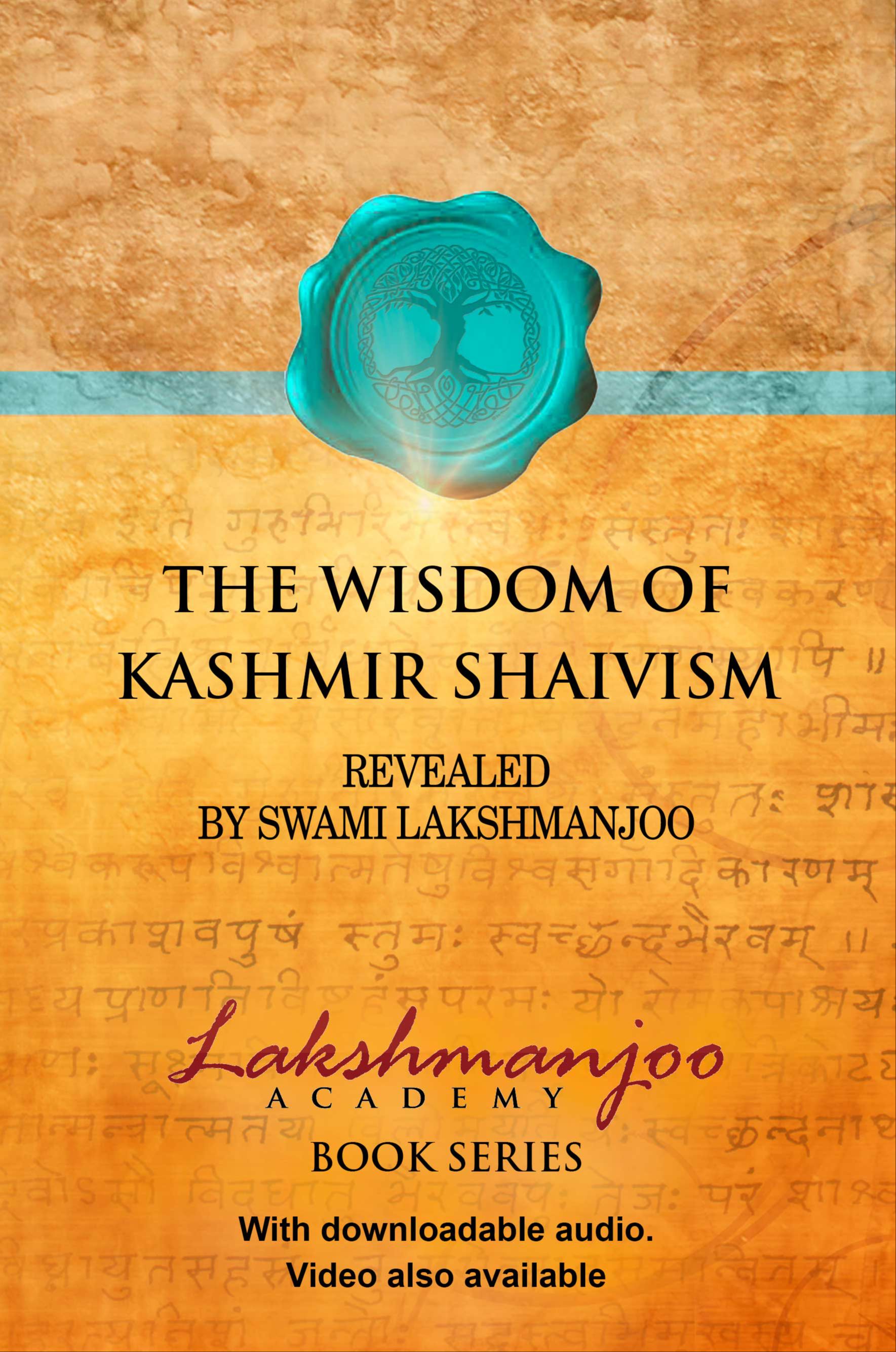
In his revelation of the Vijnana Bhairava: The Manual for Self Realization verse 6 Swami Lakshmanjoo explains the difference between introverted and extroverted paths in Kashmir Shaivism, as well as the significance of sakala [differentiated] and niṣkala [undifferentiated], and aham and ma-ha-a.30

न हि वर्णविभेदेन
देहभेदेन वा भवेत् ।
परत्वं, निष्कलत्वेन,
सकलत्वे न भावयेत् ॥६॥
na hi varṇavibhedena
dehabhedena vā bhavet /
paratvaṁ, niṣkalatvena,
sakalatve na bhāvayet // 6 // 27
This is a misunderstanding of Pārvatī. She wants to clarify it.
Na hi varṇa vibhedena deha bhedena vā . . . paratvaṁ. Paratvaṁ [attainment of the supreme state of the Lord] cannot exist when there is varṇa vibheda or deha bheda, the differentiatedness of letters or differentiatedness of bodies. As long as differentiated bodies [deha bheda] are concerned, and differentiated varṇa mala is concerned, the cycle of letters is concerned, paratva is not found. Paratva cannot exist when there is differentiatedness in varṇas [letters] or bodies [deha] (bodies means svarūpa [forms]).28
Varṇa vibhedena deha bhedena na paratvaṁ na bhavet, if paratva will be accepted there, then it won’t be niṣkala [undifferentiated], you can’t nominate it as niṣkala. Paratva is sakala,* paratva becomes sakala, when there is differentiatedness of varṇas and differentiatedness of bodies, svarūpas.
Sakalatve na ca bhavet, if there is sakalata, paratva won’t be accepted there in sakala. Sakala cannot be niṣkala, and niṣkala cannot be sakala.29 This is the misunderstanding of Pārvatī.
But, in fact, sakala can be niṣkala,** and niṣkala can be sakala, because of our theory of that pathway of traveling when we reach that aham and ma-ha-a.30
*Sakala literally means, consisting of parts, divisible, material. “Sakala is where there is some sensation–it may be in form, it may be in space, it may be in time. Only these three things exist: space, time, and form.”
** niṣkala means without any thought
27. Swamiji corrected sakalatve na tad bhavet to read sakalatvena bhavayet.
28. [In terms of process,] varna vibheda means by the process of mantras [while] deha bheda means by the process of states, forms. [However, Devi says,] paratvam, the attainment of the supreme state of the Lord, is not possible by the process of mantras or by the process of formations.
29. Parapara and apara reside in sakala rupa, while para will reside in niskala.
30. Swamiji further explained: “This twofold process [of aham and ma-ha-a] is meant by Lord Shiva to equalize inside and outside, equalize lowest and topmost. [Then] this will be adjusted to krama mudra. [However,] krama mudra is automatic. It is not to be done; it appears. You are not doing. It is not your choice. It is not anybody’s choice. It appears like that. It happens. Krama mudra is the real point [and] for this is this twofold way of aham and ma-ha-a. The pathway is through sauh and pindanatha.”
In his commentary on the Paratrishika Vivarana, Swamiji explains: “It may be in aham bhava [state] or in ma-ha-a bhava–that is one and the same thing from the Shaiva point of view. When you digest this whole, along with Shiva, in the individual, that is aham bhava (we are situated in aham bhava at present). And when it [the individual] is digested in the supreme nature of God consciousness, that is ma-ha-a bhava. Ma-ha-a is the introverted course, and [aham] is the extroverted course; [it is] one and the same thing. You may be individual, no worry; you may be universal, no worry. There is no difference, not even the slightest difference, between the individual soul and Lord Shiva from the Trika point of view.”–Paratrishika Vivarana, introductory verse 3, translation and commentary by Swami Lakshmanjoo, original audio recording, Universal Shaiva Fellowship archives.
Source: Vijnana Bhairava: The Manual for Self Realization
by Swami Lakshmanjoo
All Content is subject to Copyright © John Hughes






